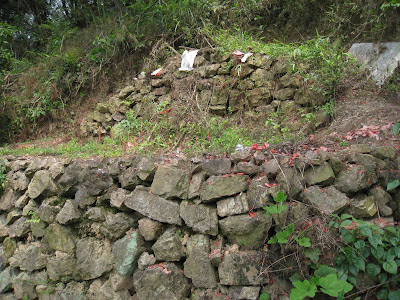
A few weeks ago, the Sunday Morning Post carried a front page story about cabin crew of Hong Kong Airlines being trained in martial arts so that they could handle unruly passengers. (Hong Kong Airlines has a number of routes to China.) Accompanying the story was this photo of Lumpy Tang, a trainee flight attendant. I bet many readers of the Post couldn't help snickering at another idiotic nickname.
Ever since I came to Hong Kong, I've been fascinated by the English nicknames adopted by Hong Kongers. There was no escaping this phenomenon because almost all my local students had Western nicknames. I never had a student named Lumpy, but I do remember a Healthy, a Magic, an Iota, and a Dumbo. The most unforgettable was Pissy Grace, a sweet natured Medical students who took a writing course with me. She was very religious and ended her papers with a "God bless you". I struggled with the idea of explaining to her what Pissy meant but didn't want to traumatize the girl with the truth. I eventually talked to a cricketer colleague of mine from the Medical Faculty. He later told me that the student had been advised to change her name. "Dr. Pissy will see you now" wouldn't sound professional.
These nicknames may be OK for children but become ridiculous on older people. I can mention one, a university teacher named Barley.
These nicknames are given to children by their teachers or relatives. Sometimes, they are made up by the individuals themselves, and are based on their Chinese names. For example, Bo Yee might become Bowie, and Mei Mei Mimi.
A few days ago, I saw a TV program where Lumpy Tang was interviewed. She's lovely. I fly Hong Kong Airlines and may actually get to meet her.
Here are some amusing nicknames that I got off another blog:
Hitler Wong, Gummy Choi, Winky Cheung, Milky Tam, Chlorine Shum, Power Lau, Natalis Chan, Tats Yeung, Bondy Chau, Solar Yim, Sicily Pang, Jelly Au. Hitler Wong used to work for a local TV station and his name would regularly appear in the credits. I haven't seen the name in a while, though. Maybe he has been persuaded to change it.























